President Ibrahim Mohamed Solih, in his 100 day pledge, has vowed to conserve– in accordance with international standards– at least one island, one reef, and one wetland in each atoll.
As per this pledge, Bodu Thiladhunmathi houses 11 of these conserved areas and was officially regarded as protected regions under Law No. 4/93 following his cabinet meeting on June 12, 2020. Based on the input of several notable experts of environmental matters and ministries, the decision to declare these eleven sites as protected areas were made after a comprehensive discussion with the president’s cabinet.
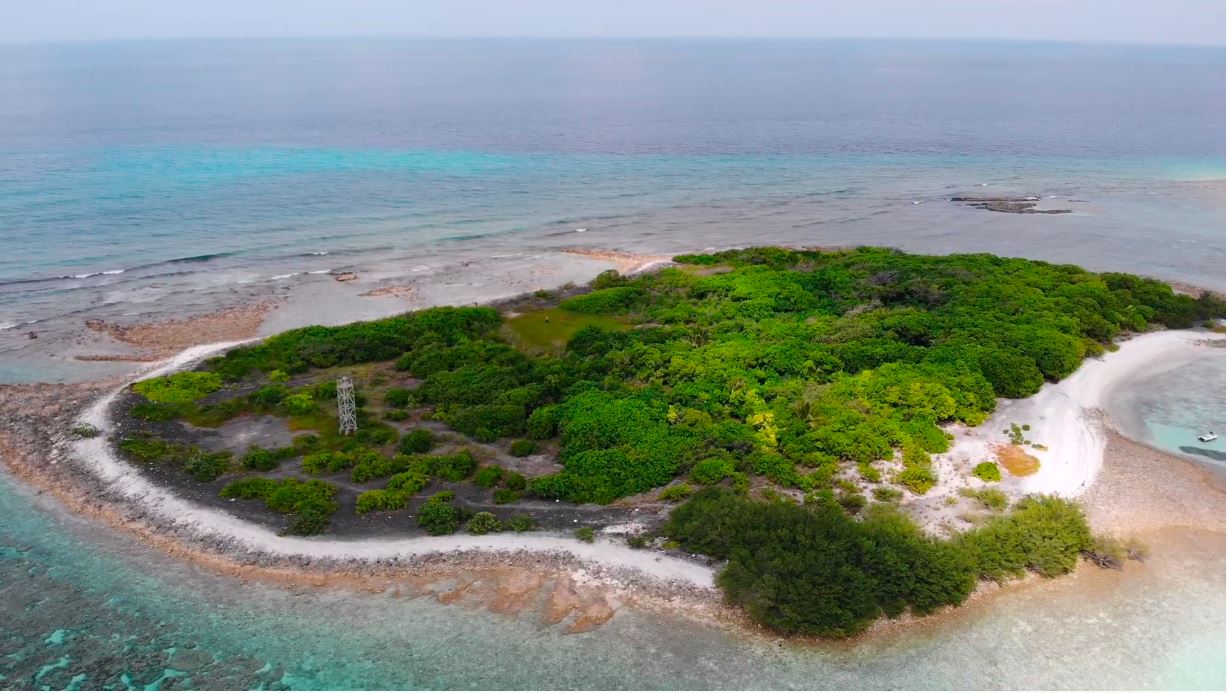
Each of the selected areas were rich ecosystems with a wide array of both flora and fauna that needs to be sustainably preserved for the coming generations. In this regard, Innafushi was declared a conserved hotspot for the following reasons:
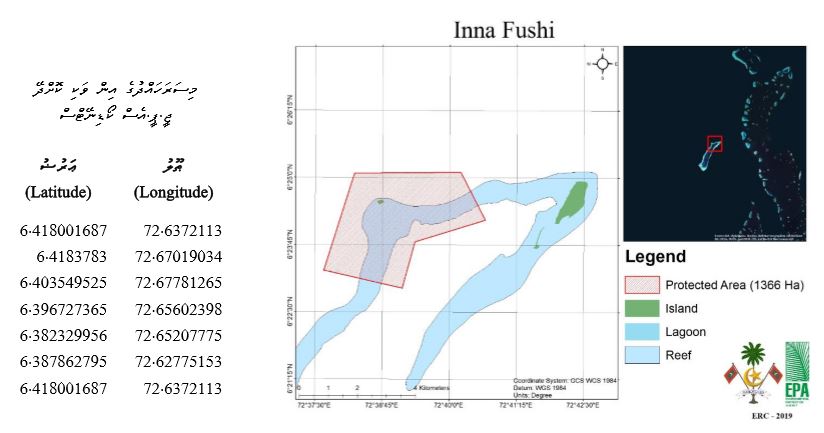
Lying south of Makunudhoo, Innafushi is a rocky island of three hectors that breeds and attracts different varieties of sea birds. The rocky coastal of the island used to be the reason behind many shipwrecks and maritime accidents as boats tend to get stuck between wading coral reefs. The island is majorly made up of coral sand, with a pristine beach spanning across the eastern side of the small isle. The shores of Innafushi is used as a hatching ground for turtles of different kinds. While majority of the island comprises of huge, shady trees, there are three towering palm trees that can be found through a light stroll. A small estuary runs through the island from the sea.
Makunudhoo residents dubbed the small lake with the name “Fureytha Fengadu” signifying a mythical tale behind the strange name. The many shipwrecks that resulted from the rocky coast of the island attracts divers from across the country. The island’s reef is famous for its vibrant coral gardens that houses schools of magnificent fishes. Sightings of whales and sharks are common across the island’s lagoon and have captured the interest of many diving enthusiasts.
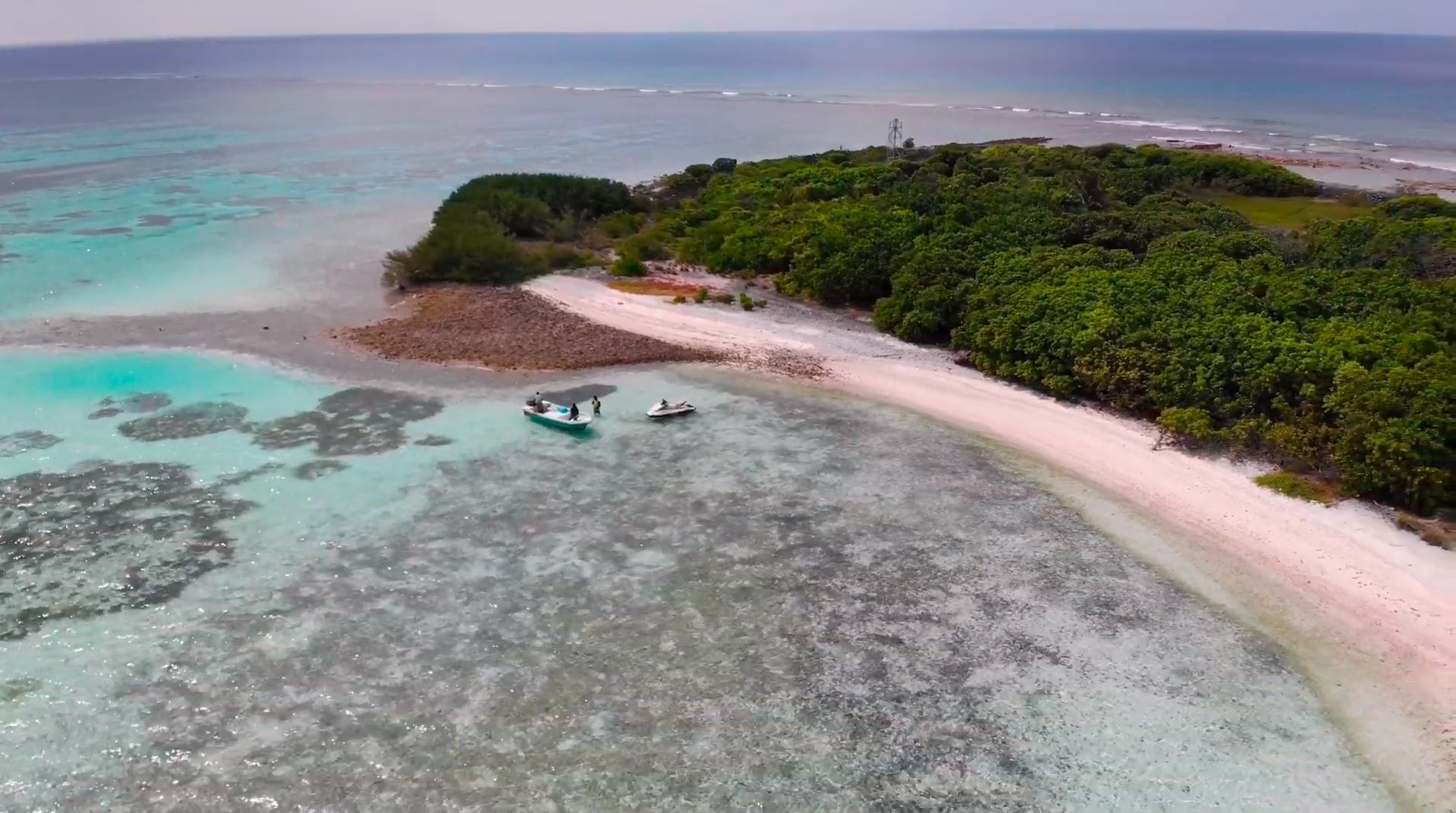
Due to the island being a hotspot for many conserved species, there are do’s and don’ts specified for people visiting the island. Here is a list of actions prohibited by the government, with relevant to the island’s protected status: –
– Anchoring of boats unless it is an emergency
– Catching/harming/killing birds nesting in the island
– Coral/sand mining, collecting of shells/gravel
– Throwing garbage
– Agricultural work
– Mining black or white sand
– Mariculture/ Aquacultural work
– Harming/uprooting plants or cutting down trees
– Planting seeds or trees that do not belong to the island
– Introducing a new living organism to the island
– Starting fires within the island
– Land reclamation of any kind
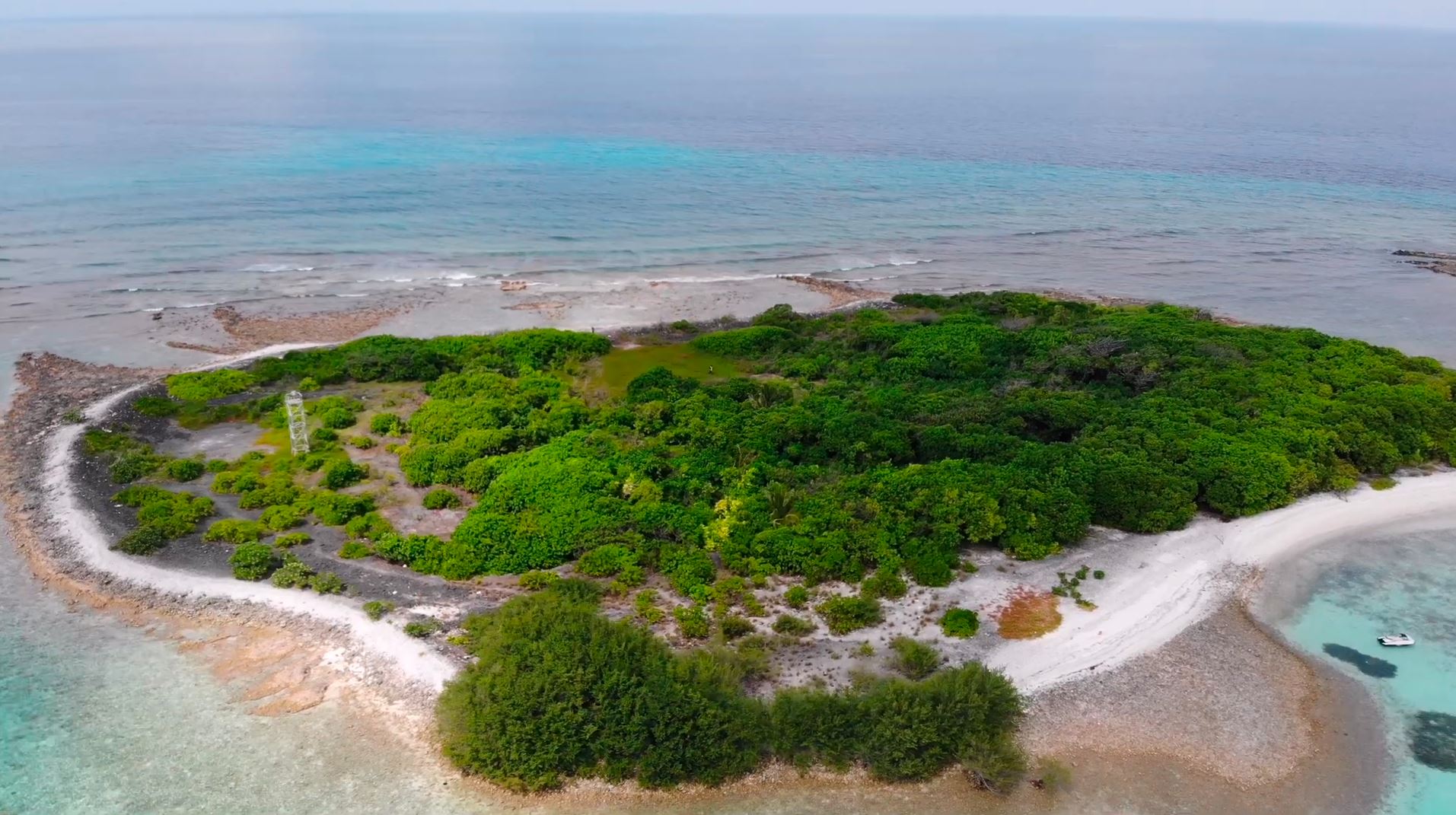
Government also specified a list of do’s that are acceptable through special permission. They are as follows:
– Visitation from tourists and common folk to the island, lagoon and coral reef – Tourist activities, leisure trips, picnics & island sightseeing – Fishing (within specific guidelines)
– Field research
– Collecting dry palm leaves, coconuts etc



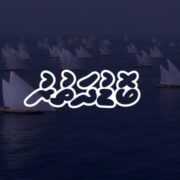

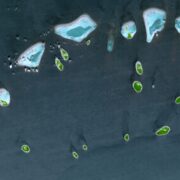
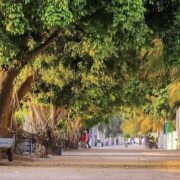
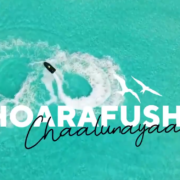









 in #Thiladhunmathi
in #Thiladhunmathi
Comments